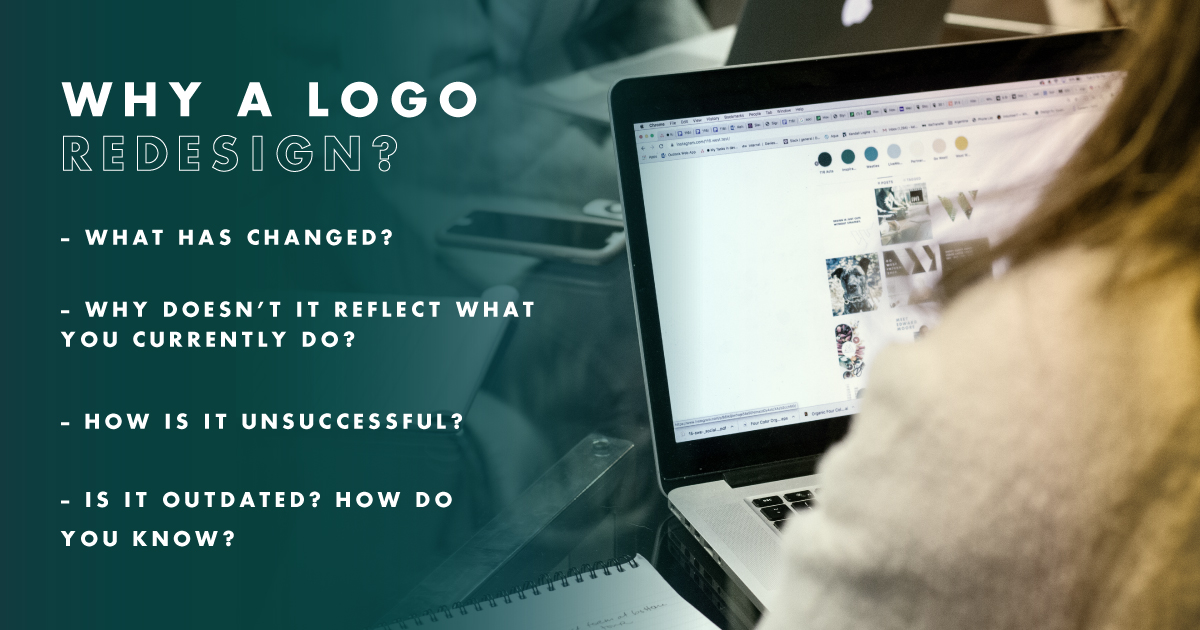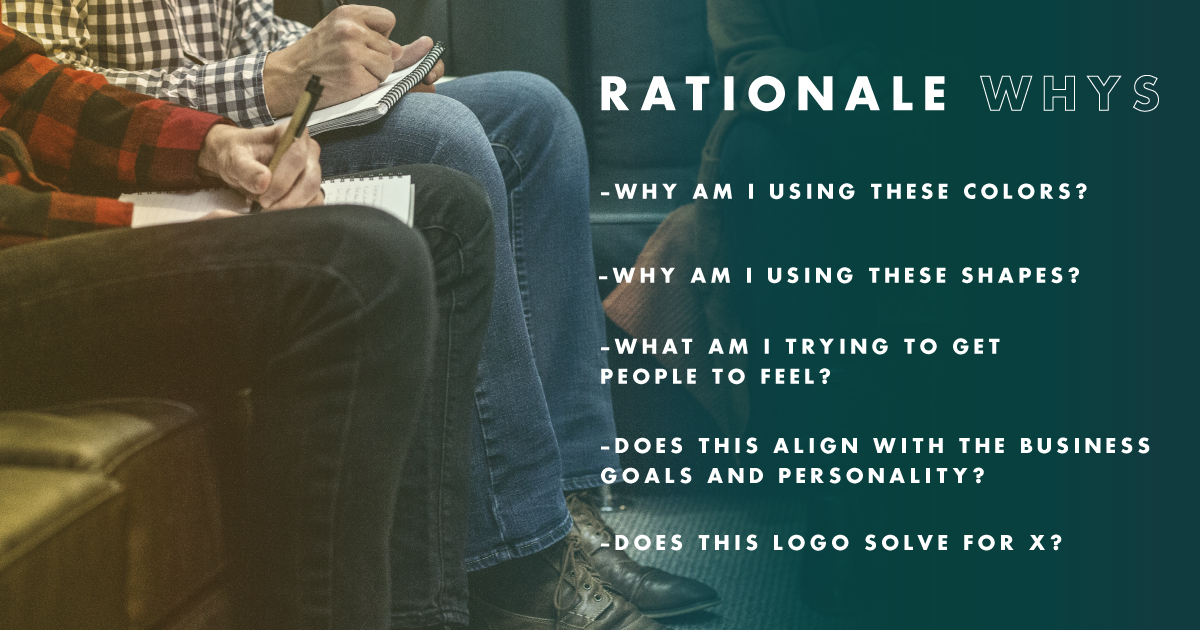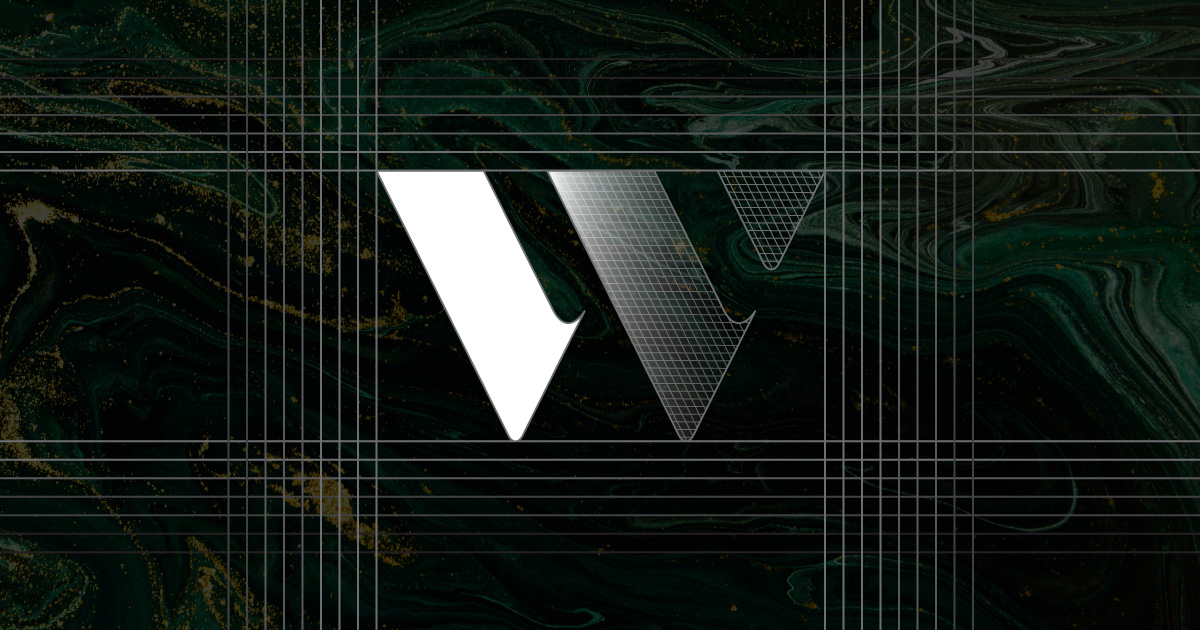3.16.21 | read time: 4 min
What Goes Into Designing A Logo?
Kelsey Selis
The logo represents what a business or organization stands for, both internally and externally. It’s a visual reflection of a business’s goals, leadership, culture, and who they serve. Graphic designers and their clients have to work together to figure out the best way to represent the brand. So, whether you’re a business owner, or a graphic designer, it’s important to know what goes into designing or redesigning a logo.
Everybody will have a different process for designing or redesigning a logo, but it’s essential to understand that designing a logo should be a thoughtful process, because a company’s or organization’s logo is the entryway to its soul. It’s one of the cornerstones of the brand.
If you’re not sure where to start, or want to establish a new way of doing things, then this is what we recommend:
Discovery
The first and arguably the most important step in logo design is discovery. Generally, this is a meeting between the designer and the client. (If you hire an agency, there will also be an account manager in the room). This meeting provides the designer an opportunity to learn as much as they can about the business: the goals, growth plan, history, company culture, competition, strategy, influences, and the mission, among a great number of other things.
If a client wants a logo redesign, one of the most important questions the designer will ask is “why?”

The designer will probably ask the client for inspiration. What logos does the client like? Why do they like them? Getting a sense of what the client finds interesting or pleasing is integral to creating a successful logo.
Businesses and organizations hire designers and creative agencies for expertise. It is the designer’s job to keep up with trends, push ideas, and ask questions. It’s the clients job to be open and honest in answering those questions. If you’re not honest about your audience, for example, or the culture of your business, you’ll end up with something that may not work in the long run.
As with most things, honest conversations are the best way to start.
Research
From there, it’s important for the designer to do research—check out the competition, look at logos the client has identified as inspiration, and think about the client’s high-level strategy. It’s important to get a sense of what else is out there. That way it’s much easier to determine what will stand out, and what will get lost.
Draw
Some people sketch in a notebook, some people work directly on their computer. Whatever the case, if you’re the designer, start getting some ideas down. Get the general shape and layout of your logo and work through the easiest ideas.
It can be difficult to go with what’s easy. Some people are great at creating something really unique right off the bat. For others, it takes a lot of pushing. Getting to an original composition—something that will stand out in a crowded market yet is not so out there that the original brand and business goals and strategy get lost—takes time. So, if you’re the client, give time. If you’re the designer, take it.
From there, compile the strongest of your sketches into black and white—see if that works first. If it doesn’t work in black and white, then your logo won’t be usable for all instances, such as on apparel. Then apply color theory to create a color scheme and pair a typeface.
Rationale
As you’re working through designs, keep notes about why you’re creating what you’re creating. You should always have a deeper concept and strategy in your work. You can make something that looks beautiful, but if it doesn’t do its job, then it doesn’t matter.

Collaboration
On the design side, it’s essential to get other people to weigh in. Ask for feedback from someone who knows the project, like the account manager, but also someone who can look at it with fresh eyes. Explain the client and their needs. Make sure everyone is aligned that the logo works strategically.
As a client, you should also be prepared to give feedback. Listen to your gut. Be honest. But, take some of the design ideas back with you and think about them later. Something that works today may not work tomorrow. Keep the number of cooks in your kitchen small. Too many people may bog down the decision-making process.
Refine and Test
The final decision on a logo will probably happen after a few rounds of revision and feedback. For large, national companies, however, they may need or want to test 2-3 of the new or redesigned logo ideas to the audience to see which resonates.
Work With Experts
If you’re thinking about a logo for your new business, or are considering a redesign on an already-established logo, let us know! Our creative team includes some incredibly talented and business-savvy designers, who can help you move your company into the future in the best possible way.
Contact us: whatsup@116andwest.com

